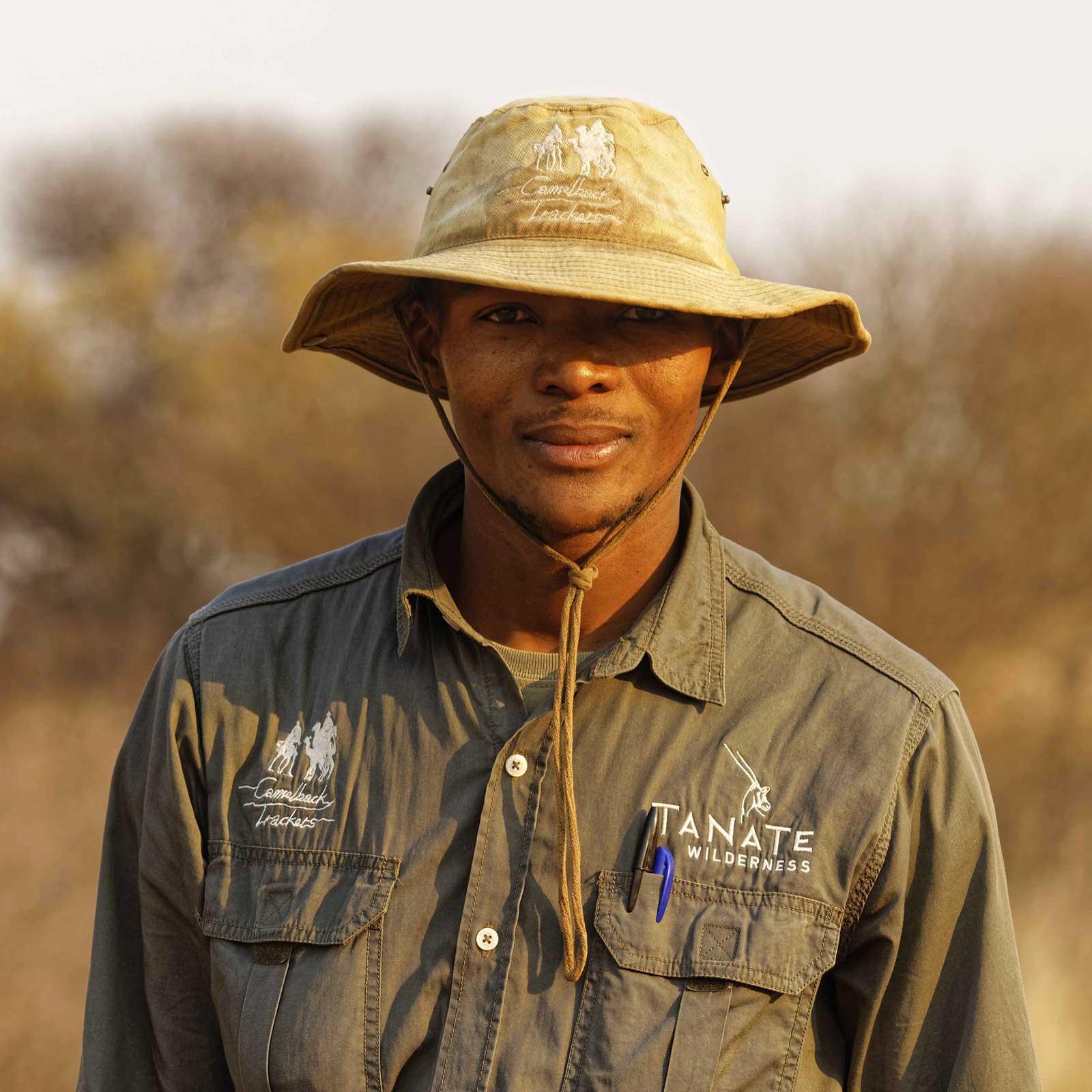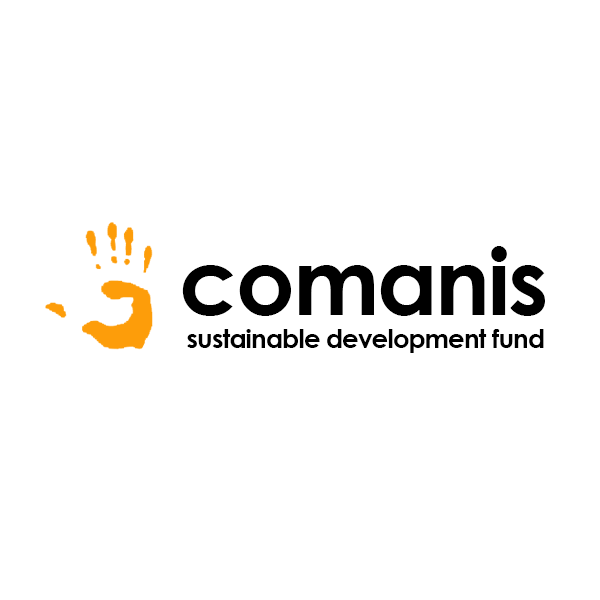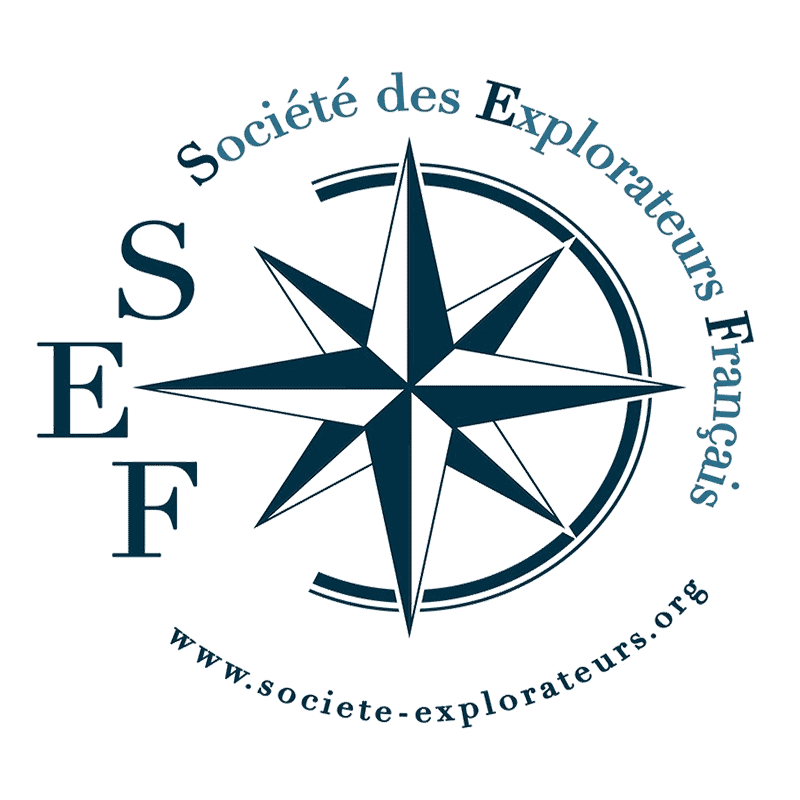Who we are
The Kalahari Camelback Trackers Project is a long-term vision to improve biodiversity monitoring and wildlife-habitat conservation, alleviate extreme poverty, strengthen ties between remote communities and their traditional lands, and save an Intangible Cultural Heritage at the root of humanity in Botswana. This is being realized through professionalizing tracking among the world’s first people in the largest, least-disturbed landscape remaining on the African continent south of the Sahara.
This project is catapulting erstwhile Kalahari hunter-gatherers turned impoverished pastoralists straight into the knowledge economy. Leveraging their exceptional tracking talents combined with advances in tracking science, digital field data-collection platforms, and the most efficient mode of desert transportation, the Kalahari trackers are undergoing a transformation into a professional scientific data-collecting force for conservation. With it comes hope for their families, communities, ancestral lands, and a better future.

Kalahari Camelback Trackers synergistically address key challenges in the Kalahari

The Conservation Problem
Botswana may be the only nation in the world that flies country-wide aerial surveys for large herbivores. It is a remarkable record spanning over 30 years, but has its limits. Areas are vast, methods are imperfect, budgets are tight. Surveys are flown less frequently at a time when land use is intensifying. Wherever data is lacking, ignorance and assumptions likely to be false take their place. Consequential decisions – everything from land use zonation to hunting quota determination to fence erection along transportation corridors – lack adequate supporting data. Remote communities closest to wildlife have long expressed dissatisfaction over their lack of involvement in wildlife counts, and skepticism of aerial survey results.

The Social-Economic Problem
Traditional Ecological Knowledge has been devalued in modernizing Botswana society while rural development policies instead focus on promotion of livestock husbandry. Cattle expansion and intensification tends to exacerbate inequality and extreme poverty while degrading Kalahari rangelands, eventually eliminating traditional food and medicinal plants around settlements and driving wildlife further away. The oldest, poorest, and most traditional people suffer most. Available wage-earning options are essentially two: herd other peoples’ livestock or labor for the government ‘drought relief’ welfare program. Meaningful employment is in high demand but extremely short supply.
The Cultural Preservation Problem
Several lines of evidence now suggest the Kalahari environment is the birthplace of humanity. Tracking, the process of observing and interpreting the footprints and signs left by animals, may have played a significant role in shaping our cognitive abilities throughout human evolutionary history. Much like indigenous languages, advanced track interpretation skills, which represent an Intangible Cultural Heritage, are in rapid decline. Opportunities to practice, transmit and preserve these skills have become limited when people are restricted to settlements surrounded by livestock-degraded rangelands, and a younger generation sees little modern value to be gained from tracking.
The unique thing about the Kalahari landscape is an absence of surface water. The ground underfoot is porous, truly a Mega Sand Sea.
Everything that walks about impresses upon it. What it means to grow up in such a place, where tracks are omnipresent and noticed everyday of one’s life . . . is a people whose tracking skills are legendary.
Elder (Lead) Camelback Trackers especially were raised on the land, gathering, hunting. Tracking, hunting, comprises a large part of their identities. The last special subsistence hunting licenses were revoked in 1997. Thereafter, hunting for food has been illegal and therefore justifiable access on the land constrained.
These trackers have worked piecemeal jobs for commercial safari hunting operators and wildlife researchers. What they’ve long wished for is real careers as trackers; working out on the land they love and proving themselves stewards and heroes for wildlife, their community, their country.
This is their big opportunity.
Meet the Kalahari Camelback Trackers

Xoxosa “Agie” Gaokelwe
Lead Tracker

Dane Sento
Lead Tracker

Mmereki Kwere
Lead Tracker/Herder

Panana Sebati
Lead Tracker

Edward Mateke
Lead Tracker

Xoxope “Sylvester” Cooper
Lead Tracker/Herder

Tshotlego Kgomo
Lead Tracker

Dithlobo Lukas
Lead Tracker/Herder

Mpho Xoxose
Second Tracker/CyberTracker Scribe

James Kakego
Second Tracker/CyberTracker Scribe

Kitso Motshabise
Second Tracker/CyberTracker Scribe

Nicholas Molese
Second Tracker/CyberTracker Scribe

Ketshepile Kabatlhophane
Second Tracker/CyberTracker Scribe

Kelebogile Senkganane
Second Tracker/CyberTracker Scribe

Setiwadi “Phenyo” Nai
Second Tracker/CyberTracker Scribe
Tracking Science
The Kalahari Camelback Trackers’ mission is to autonomously conduct rigorous track-based wildlife population surveys designed to fulfill information needs from local to international level that can achieve long-term conservation outcomes in what remains of the free-ranging Kalahari ecosystem.
In essence, they are a grassroots Community-based Natural Resource Management (CBNRM) project. Yet moreover, their scientific surveys are designed to serve not only their community-managed wildlife areas, but national and global conservation mandates.
Before camels, the trackers were conducting tracking research by 4×4 vehicle, horseback, and on foot, since 2008. They collaborated with a Canadian field-scientist to validate a formula for transforming counts of animal tracks into estimates of wildlife population sizes.
Their collaboration culminated in a challenge to Botswana’s aerial survey in which they showed that their track-based counts corrected visibility biases, were more species-comprehensive, produced superior distribution maps, and could be done for a fraction the cost of the aerial survey.
This foundational research can be downloaded from the Resources page. It sets the stage for the trackers to take their work to the next level.

Why Camels?
To ensure tracker data produces robust and reliable information for conservation decision-making, sample coverage needs to be appropriate. In the Kalahari, this is necessarily vast – transect routes of several hundred kilometers extend through remote semi-arid country.
The distances are much too far to walk unsupported. The continued use of 4×4 vehicles is not viable due to expense and environmental disturbance. Horses and donkeys were utilized during the foundational research phase and ran into three problems: they are thirsty but water is severely limiting, they require quality forage (grazing) which is again at times severely limited in a drought-prone environment, and they are prone to lion attack, even when riders are mounted.



Thus, this project unites two completely under-utilized resources in the Kalahari – the burgeoning remnant population of camels from the bygone corps, with disenfranchised yet expert wildlife observers from remote communities. These two practical advantages are married with a game-changing framework for making sense of track observations revived from the former Soviet Union and validated through foundational research with the trackers.
The Kalahari Camelback Trackers are an elegant synergy of neglected local talent and resources with leading science to simultaneously address a multiplicity of social-economic-ecological problems – those major problems facing the Kalahari and its people.
Advantages of Camels
over alternative modes of ground transportation in the Kalahari environment.
Compared to horses
- Water-independent (can drink 60 liters once then walk for 3-4 weeks without drinking again)
- Grazing-independent (adaptable browsers at a height range unutilized by native wildlife)
- Safe transportation in remote areas (no historical instance of Kalahari lions predating camels)
- Thus, they are better suited to the arid Kalahari environment than other domesticated animals.
Compared to vehicles
Camels are:
- Not fuel-limited (3-4 weeks self-sufficiency)
- Eco-friendly – no petroleum inputs/pollution, no damage caused by tyres to sensitive arid landscapes
- Move with ease off-road through heavy sand and thick bush
- No mechanical maintenance (15 years of operation per camel with limited veterinary service)
- Low budget vehicle (many camels bought and maintained for the cost of one 4×4)
- No wildlife disturbance (silent travel that allows full integration with environment at maximum discretion)
Tanate wishes to thank the Comanis Sustainable Development Fund for sponsoring the Kalahari Camelback Trackers project, and La Société des Explorateurs Français and the Fondation Iris for their support.



